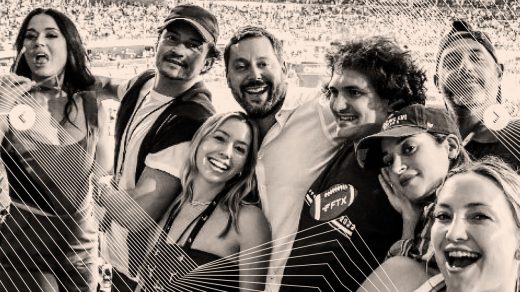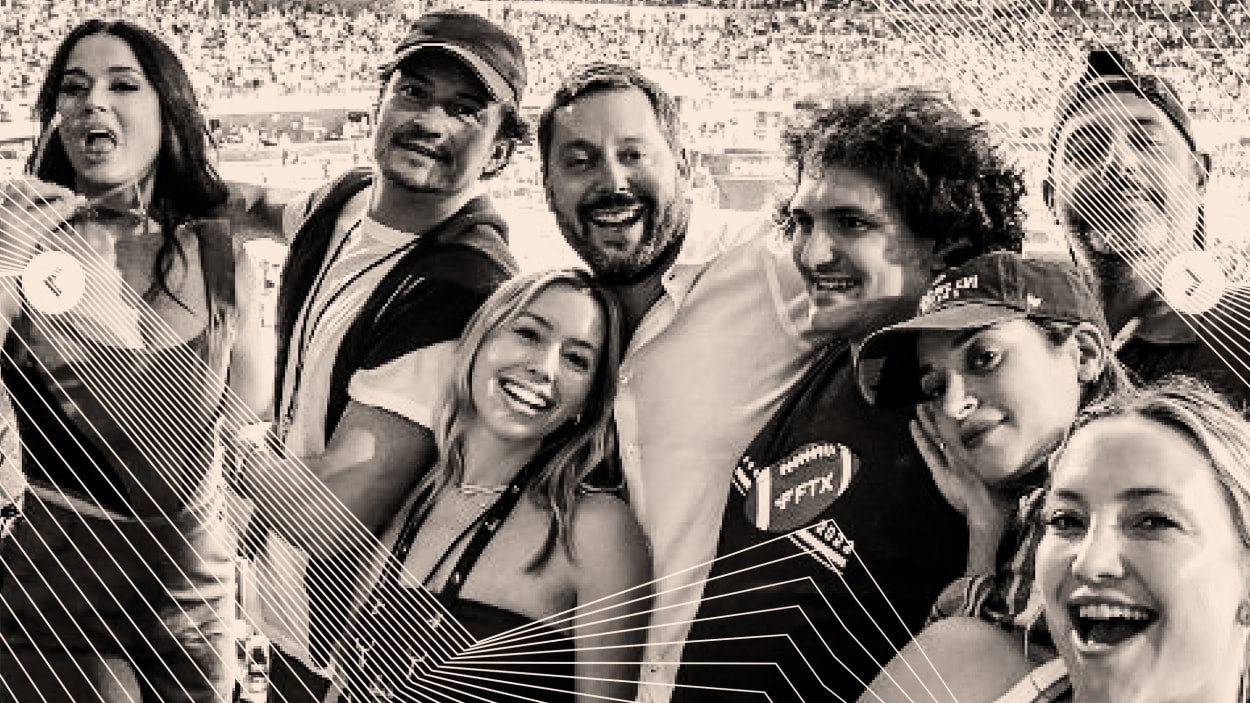Sam Bankman-Fried faces another rough day of testimony
A glimpse of Sam Bankman-Fried’s well-populated calendar, in the months before FTX’s crash—and, according to testimony, well after he knew about the billions of dollars owed to FTX customers (and that there wasn’t money to repay)—arrived at the end of testimony in his federal fraud trial Tuesday.
On October 14, 2022, about three weeks before FTX’s implosion, there was a “free flowing” discussion hosted by Morgan Stanley for investors, starring Bankman-Fried. On September 21, 2022, it was a “small group dinner” with Yasir Al-Rumayyan, the head of Saudi Arabia’s sovereign wealth fund, at New York’s Pierre Hotel. On September 20, a one-hour meeting with former President Bill Clinton at a midtown Hilton. On September 16, a half-hour meeting with New York Governor Kathy Hochul, proposed for the Capital Grille on New York’s 42nd Street. Earlier, in March 2022, a dinner with New York Mayor Eric Adams at Osteria La Baia in midtown. And for Bankman-Fried’s cover shoot for Forbes magazine for its 400 list, in 2021, a mere 15 minutes was allotted at a Hudson Yards hotel.
The invitations came into evidence as part of analysis from an FBI special agent, presumably to help explain jurisdiction—that is, what occurred in Manhattan in this case, so that there’s a link to why the Manhattan-based U.S. attorney’s office is prosecuting Bankman-Fried. (The central reason, of course, is that the Manhattan U.S. attorney’s office is the most prominent of federal prosecutors’ offices, and most well-versed in financial crimes.)
Earlier in the day, FTX’s former head of engineering, Nishad Singh, weathered well a cross-examination from defense lawyer Mark Cohen, which was more aggressive than what the defense had pursued with other witnesses.
Cohen’s questioning was far sharper than in earlier sessions, but Singh seemed largely unruffled, projecting an air of earnestness and remaining largely consistent with his earlier testimony. When Cohen quizzed him on the $35 million penthouse where Singh had lived along with Bankman-Fried and others, and whether that cost was appropriate given that most of the residents were either millionaires or billionaires at that point, Singh said, “I don’t really know what’s reasonable for billionaires to do. I don’t know other billionaires.”
Cohen also examined Singh on what the former head of engineering at FTX had described as moral qualms once he realized, in September 2022, that Alameda Research, Bankman-Fried’s trading firm, owed FTX billions that it had used up of FTX customer deposits. At that point, Singh said in direct testimony and reiterated today, he’d urged Bankman-Fried to cut back on corporate spending, knowing that customer funds were being spent.
Singh said in testimony (October 24, 2023) and today that he’d been concerned about deals like an investment into former Hollywood agent Michael Kives’s company. Bankman-Fried, Singh previously testified, had been impressed with Kives’s connections to celebrities like Katy Perry and Kate Hudson, with whom he was pictured on Perry’s Instagram.
Why, then, Cohen asked, did Singh buy a $3.7 million house in Orcas Island, Washington, in October 2022, with money borrowed from FTX, after he’d urged Bankman-Fried to cut back on spending? And did Singh not tell prosecutors, in earlier meetings with them, that this purchase was “egregious and unnecessary?”
It should have been a blow that undercut Singh’s reliability—for the Orcas house wasn’t mentioned on direct at all—but Singh handled it well. “My spending on it was egregious, unnecessary, and selfish,” he said. On redirect, he added—over Cohen’s objection—that he had voluntarily forfeited the house. “Forfeiting it seemed like one of the ways to right a wrong,” Singh testified.
Bankman-Fried looked more animated and involved during Singh’s testimony Tuesday than he had been for the previous days of the trial, when he largely stayed still and looked at the laptop he is using to take notes. He scribbled several notes and passed them to Cohen mid-questioning. Although it wasn’t possible to see what Bankman-Fried had written, Cohen’s questions after reading the notes suggested Bankman-Fried was communicating about tiny factual details: whether one communication had occurred over Slack or Signal or in person, rather than about large strategic issues.
Bankman-Fried’s parents, Stanford Law School professors Joe Bankman and Barbara Fried, whose roles and influence in the companies and on Bankman-Fried have been under scrutiny, were also mentioned in testimony by Singh on Tuesday. Singh mentioned that Bankman, who specialized in tax law, had advised him on the structure of a $477 million loan he received (as did, Singh added, “two of Sam’s personal tax lawyers”). And “Sam and Gabe and Barbara,” Singh said—referring to Bankman-Fried, younger brother, Gabe, and mother, Barbara—had acted as political consultants when he was evaluating contributions.
Singh’s testimony ended with a bang, when prosecutor Nicolas Roos followed up on one of Cohen’s queries, about why Singh didn’t resign from FTX earlier though he’d contemplated doing so. Before that, he’d thought about quitting for personal reasons, or over conflicts with other executives, he said. But in fall 2022, “the reason I wanted to resign was because I knew that I was becoming party to, and participating in, something heinously criminal,” Singh said. “The scale of wrongdoing was enormous.”
For the latest on the trial of Sam Bankman-Fried, you can follow all of Fast Company’s coverage from the courtroom here.
(28)



